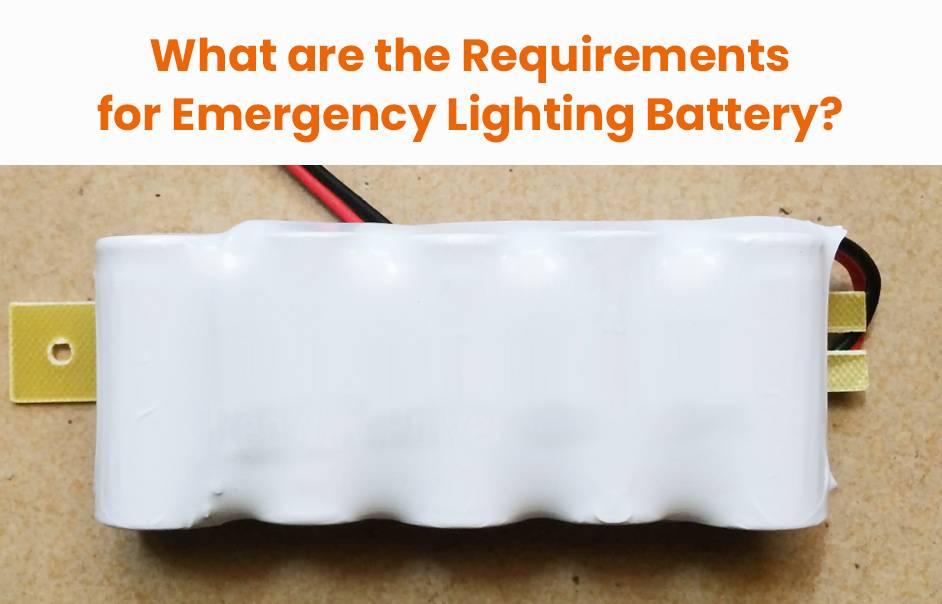Effects of a Low Battery Voltage
When it comes to battery voltage, the saying “less is not more” couldn’t be more accurate. A low battery voltage can have a range of detrimental effects on your devices and vehicles.
Let’s talk about electronic devices. We all rely on smartphones, laptops, and tablets for various tasks throughout the day. However, when these devices are operating with low battery voltage, they tend to slow down or even shut off unexpectedly. This can lead to frustration and disrupted productivity.
In the automotive world, a low battery voltage can spell trouble as well. It may result in difficulty starting your vehicle or cause intermittent electrical issues such as dimming headlights or malfunctioning power windows. Additionally, it could impact crucial systems like fuel injection and ignition timing.
Moreover, appliances that require batteries to function properly also suffer from low battery voltage. Remote controls might become unresponsive or produce weak signals. Flashlights might emit dim light instead of its full potential brightness.
A low battery voltage has far-reaching consequences across different aspects of our daily lives – from personal electronics to transportation and household appliances. It’s essential to understand how this impacts us so we can take appropriate measures for maintenance and prevention.
Factors Affecting Battery Voltage Range
Several factors can affect the voltage range of a battery. One of the primary factors is temperature. Extreme cold or hot temperatures can significantly impact battery performance and reduce its voltage range. In colder temperatures, batteries may experience an increase in internal resistance, leading to reduced capacity and lower voltage output.
The age of the battery also plays a role in determining its voltage range. As batteries age, their overall capacity decreases, resulting in reduced voltage output. This is commonly observed in older batteries that struggle to hold a charge for extended periods.
Another factor that affects battery voltage range is the load placed on it. Higher loads require more energy from the battery, causing its voltage to drop faster. It’s essential to consider the power requirements of devices connected to a battery to ensure they don’t exceed its capabilities.
Additionally, improper maintenance practices can lead to a bad battery voltage range. Neglecting regular charging or discharging cycles and failing to keep terminals clean can result in poor performance and decreased voltages.
Various factors such as temperature extremes, aging batteries, heavy loads, and inadequate maintenance practices all contribute to a bad battery voltage range. By understanding these factors and taking appropriate measures like monitoring temperature conditions and maintaining proper care routines for your batteries, you can help ensure they operate within an optimal voltage range for longer-lasting performance!
Common Causes of a Bad Battery Voltage Range
There are several factors that can contribute to a bad battery voltage range. One common cause is age and wear. Over time, batteries naturally deteriorate and lose their ability to hold a charge effectively. This can result in lower voltage levels and reduced overall battery performance.
Another factor that can affect battery voltage range is temperature extremes. Extreme heat or cold can have a negative impact on the chemical reactions taking place within the battery, leading to decreased voltage output. It’s important to keep your battery protected from extreme temperatures whenever possible.
Additionally, improper charging practices can also lead to a bad battery voltage range. Overcharging or undercharging the battery can cause damage and reduce its overall capacity. It’s essential to follow the manufacturer’s recommendations for charging your specific type of battery.
Furthermore, excessive use or heavy loads placed on the battery can drain its power quickly, resulting in low voltage readings. This includes running multiple high-powered devices simultaneously without giving the battery enough time to recharge fully between uses.
Poor maintenance habits such as neglecting regular cleanings or failing to check for loose connections can contribute to a bad battery voltage range. Dirt and corrosion buildup on terminals and cables impede proper electrical flow, affecting the overall performance of the battery.
To ensure you maintain an optimal voltage range for your batteries, take steps such as regularly cleaning terminals and cables with baking soda paste or specialized cleaners designed specifically for this purpose. Additionally, avoid overloading your batteries with excessive usage or placing heavy loads on them more than they are designed for.

How to Measure Battery Voltage
When it comes to measuring battery voltage, there are a few key steps you can follow. First, make sure you have a reliable and accurate multimeter on hand. This device will allow you to measure the voltage of your battery with precision.
To begin the process, turn off any devices or appliances that may be connected to the battery. This will ensure an accurate reading as there won’t be any additional power draw.
Next, locate the positive (+) and negative (-) terminals on your battery. The positive terminal is usually marked with a plus sign or labeled “POS,” while the negative terminal is typically marked with a minus sign or labeled “NEG.”
Set your multimeter to DC (direct current) voltage mode and select an appropriate range based on the expected voltage of your battery. Connect the red probe from your multimeter to the positive terminal of the battery and attach the black probe to the negative terminal.
Once everything is set up, turn on your multimeter and observe its reading. It should display a numerical value representing the voltage of your battery.
Remember to take note of this measurement for future reference or troubleshooting purposes. And always exercise caution when working with batteries – wear protective gloves and eyewear if necessary!
By following these steps, you can accurately measure your battery’s voltage and gain valuable insights into its overall health and performance.
Tips for Maintaining a Healthy Battery Voltage Range
Taking care of your battery is essential to ensure optimal performance and longevity. Here are some tips to help you maintain a healthy battery voltage range:
1. Regularly inspect and clean the battery terminals: Over time, corrosion can build up on the battery terminals, leading to poor contact and reduced voltage output. Inspecting and cleaning the terminals will help maintain good electrical conductivity.
2. Avoid deep discharges: Allowing your battery to discharge too deeply can cause irreversible damage and reduce its overall lifespan. Try to avoid completely draining your battery whenever possible.
3. Use a smart charger: Investing in a smart charger is an excellent way to keep your battery properly charged without overcharging it or allowing it to become dangerously discharged. Smart chargers automatically adjust the charging rate based on the state of charge, ensuring optimum performance.
4. Limit parasitic draws: Parasitic draws refer to devices or systems that continue drawing power from the battery even when your vehicle is turned off. It’s crucial to identify and eliminate any unnecessary draws as they can drain your battery over time.
5. Avoid extreme temperatures: Batteries perform best within a specific temperature range, typically between 32°F (0°C) and 85°F (29°C). Extreme heat or cold can affect their performance negatively, so try parking in shaded areas during hot weather or using insulation blankets during winter months.
6. Test your battery regularly: Periodically testing your battery’s voltage with a multimeter will give you insight into its health status and allow you to detect any potential problems early on.
By following these tips, you’ll be able to maintain a healthy voltage range for your batteries, prolonging their lifespan while ensuring reliable operation when you need them most.
Remember that every situation is unique, so consult with experts if you have specific concerns about maintaining proper voltage levels for specialized applications such as marine batteries or renewable energy systems.













